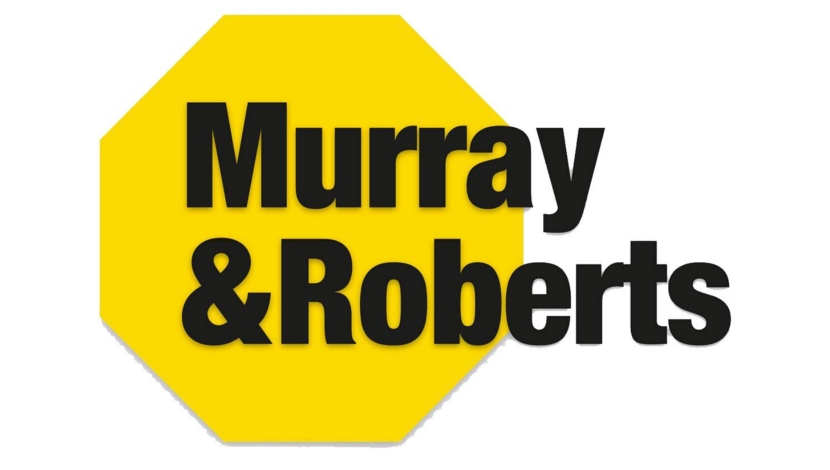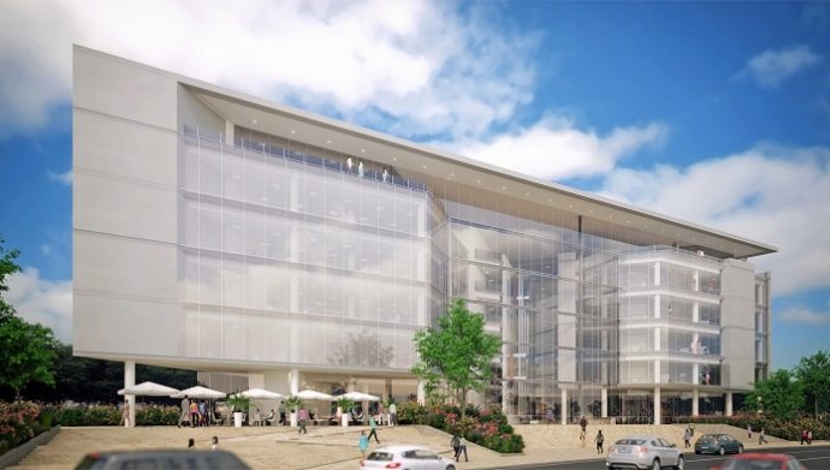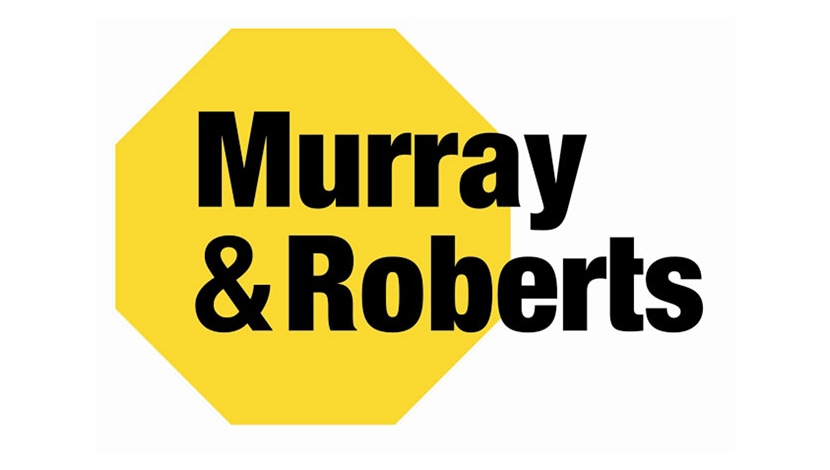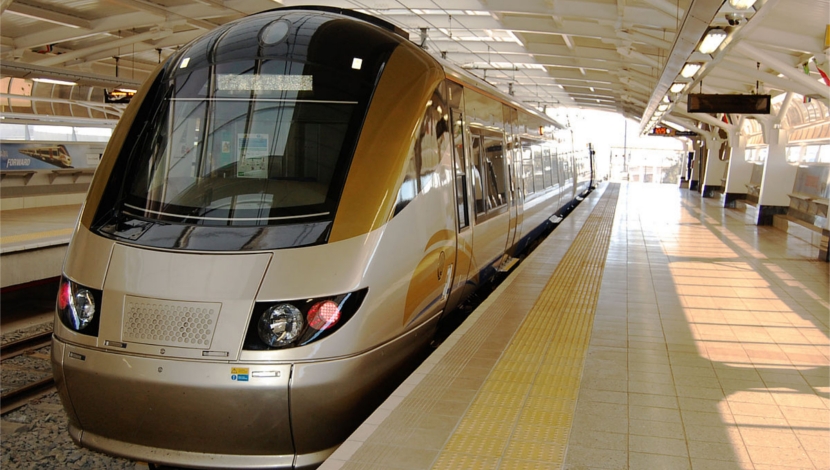

Ideally, the Gautrain Management Agency (GMA) would like to see Phase 1 of the proposed five-phase expansion of the Gautrain network come into operation in 2027, says GMA COO William Dachs.
The concession on the current 80 km Gautrain system would have wrapped up in 2027, with the system paid off and the current government subsidy payable to the Gautrain systempossibly available for transfer to the Phase 1 expansion.
The GMA is an agency of the Gauteng government.
Phase 1 of the expansion plan proposes a rapid rail link from Randburg and Little Falls to Sandton.
Proposed expansions to the Gauteng rapid rail network will add 150 km of rail line to the current 80 km Gautrain network. The expansion will reach hubs such as Soweto, Pretoria East, Boksburg and Lanseria.
Dachs says the expansion project requires “significant capital; we can’t talk numbers yet”.
Dachs says the GMA has approached the National Treasury for approval for procurement of Phase 1 of the expansion project.
He acknowledges that the South African national Budget is in “for a tight two . . . three years”.
But “the cycle will turn”, he says. “We need a plan for when capital is available.
“We have to start thinking [about] what happens when the concession comes to an end.”
The Bombela consortium operates and maintains the Gautrain system, which belongs to the Gauteng provincial government.
Procurement for the current Gautrain system started in April 2000 and ended in September 2006, with construction of the system wrapping up in 2012 – a total of 12 years.
Gauteng’s population will grow by 48% by 2037, says Dachs. The Gauteng workforce will increase by 44% by 2037, with formal jobs forecast to increase by 83%. “Where will they live? How will they get to work?
“We need to plan for the future,” says Dachs. “We are going to have a mobility problem that will translate into economic inefficiencies. The cost of doing nothing will be severe.”
Gauteng’s vehicle population is expected to grow from 3.9-million vehicles to 6.6-million vehicles by 2037.
Currently, revenue from the Gautrain system covers the operating costs. However, capital and maintenance costs must still be recovered.
The Gautrain runs on 99% availability and 98% punctuality.
Fare evasion involves fewer than 0.4% of users, and occurs mainly as a resust of tailgating through the turnstiles.
The majority of users are women.
Stolen copper cables, which have halted the Gautrain servicein the past, are now replaced with noncopper products.
New Rolling Stock
Overcrowding is currently costing the Gautrain increased ridership, says Dachs.
“People are saying they can’t get on the train, so they are [using] their cars”.
In an effort to relieve pressure in the morning rush hour, the GMA has started the procurement process for 12 new four-car trains.
The GMA hopes to have an answer to possible longer operating hours for the north–south line within the next six months, says Dachs.
Operating hours have already been extended for the airport link. The last train used to leave at 20:30, but two trains have been added – one leaving at 20:46 and the other at 21:04 – to accommodate late evening plane arrivals.
Dachs warns that the cost of extending service hours is “significant”, and that the Gautrain would require “take-up in demand” to justify such expenses.





